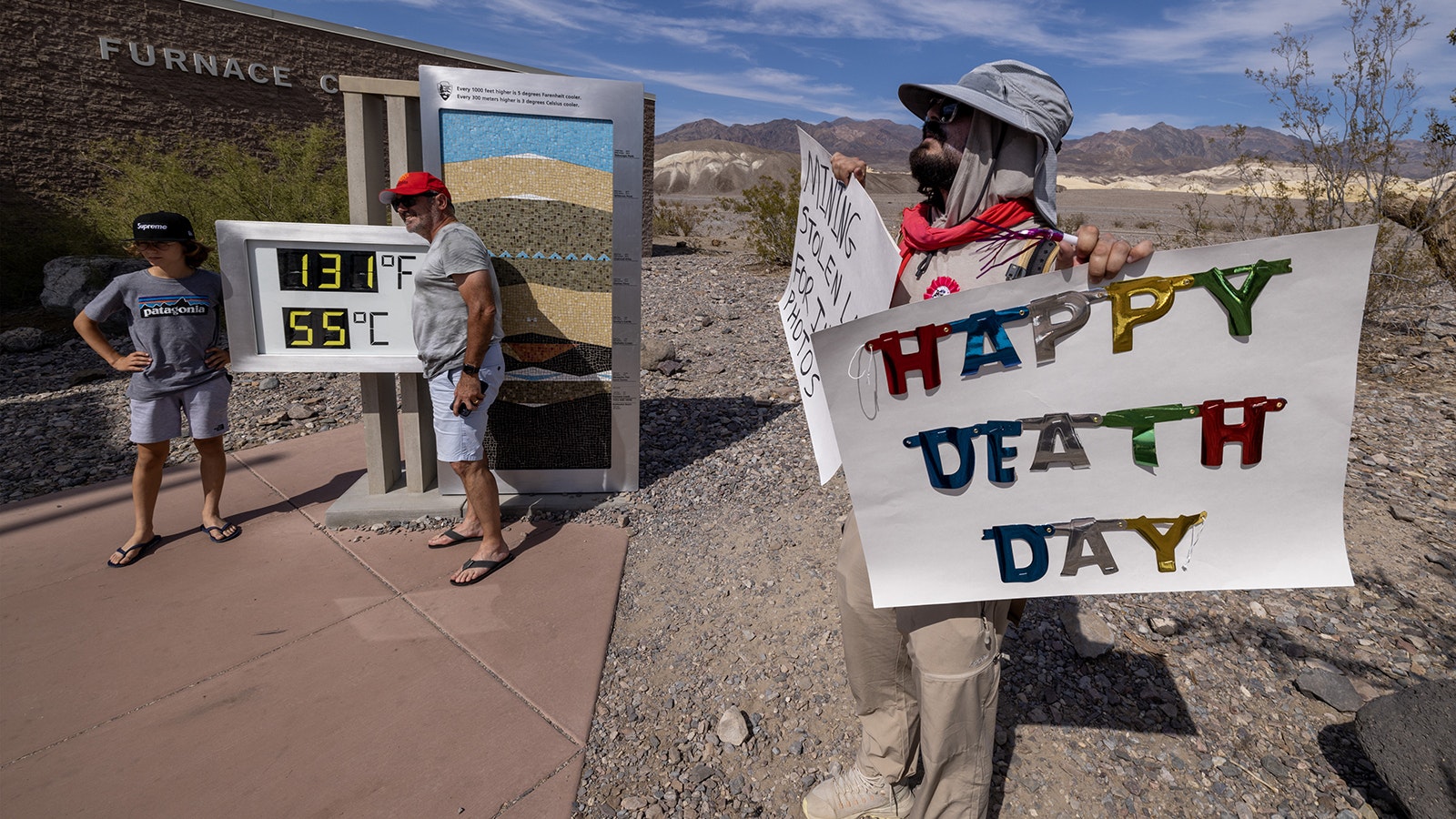Headlines across the world are screaming that this summer has been the hottest one the planet has experienced in 125,000 years.
“Earth has sweltered through its hottest Northern Hemisphere summer ever measured,” the Associated Press declared.
“This blistering, deadly summer was the hottest on record — and by a significant margin,” CNN wrote.
In its report on the claim, CBS News quoted U.N. Secretary-General Antonio Gutterres saying that the “climate breakdown has begun.”
The reality is that there were no thermometers in 123,000 B.C., so estimates rely on what’s called proxy data. It doesn’t have the resolution, or detail, to claim that this past summer was hotter than any in the last 125 millenia.
“That’s a completely unscientific claim,” Dr. Matthew Wielicki, former assistant professor in the Department of Geological Sciences at the University of Alabama, told Cowboy State Daily.
Uncertainties
On his “Irrational Fear” Substack, Wielicki explains that proxy data is used to measure climate conditions thousands of years ago. This includes tree rings, ice cores and sediment cores. Scientists take this data, and using statistical techniques can translate it into temperature records over a time period.
Proxy data has some shortcomings, however, when it’s combined with modern temperature measurements. Modern measurements cover large areas of the globe, whereas proxies are obtained from a region or single location.
Modern datasets and proxy datasets have different resolutions. We can take temperatures today by the hour, but proxy data looks at single years or decades. There’s also a lot of uncertainty due to sampling biases, measurement errors and calibration differences.
Modern temperature readings are also prone to uncertainties, such as the effect of urban infrastructure trapping heat and blocking wind, which is called the heat island effect.
And proxy data is prone to non-climate influences.
Wielicki said that despite these shortcomings, proxy data can be very useful.
“It’s really good at giving us a little bit of information about how things were changing relative to some baseline,” he said. “What it doesn’t do is give us an absolute temperature.”
When climate reporters try to compare modern temperature measurements of the global average temperature to the global average temperature thousands of years ago based on proxy data, the uncertainties and imprecision is amplified.
“Your errors essentially blow up,” Wielicki said.
He said you can take satellite data or surface temperature measurements from the last several decades and make much more precise global average temperature calculations, but it’s unscientific to try to make calculations over longer timelines.

Temperature Anomaly
Cowboy State Daily Meteorologist Don Day illustrated the problem with proxy data with temperature anomaly maps from this past summer.
These show color-coded temperatures compared to the averages in an area over a period of time. The surface temperature map of the U.S. in the past 90 days shows that most of the country was at or below average temperatures.
“That’ll be surprising to people considering what they’ve heard on the news,” Day said.
Areas of the southeast and Texas were above average.
Proxy data of tree rings in Wyoming 125,000 years from now would suggest that the globe was in a period of low temperatures, but tree ring data from Texas would show the opposite.
Modern temperature anomaly maps also provide measurements in time periods that aren’t possible with proxy data.
“A proxy record just does not have the resolution of a temperature record that’s measured,” Day said.





